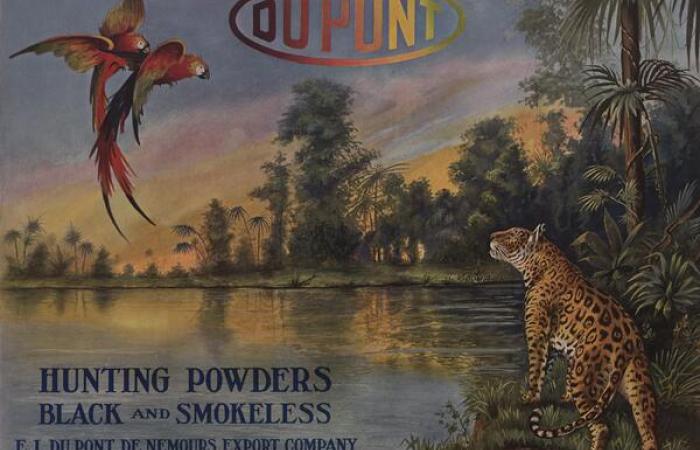
Industrial Semiotic & Visual Complexes: A Study of the United States Visual Culture from the 1880s to the 1950s
Twenty-first-century Americans are saturated with visual imagery and punchy messages authored by large organizations. This was not always so. Techniques for standardized mass communication developed in the late nineteenth century, such as photography, inexpensive printing, “magic lanterns,” and motion pictures, offered organization leaders unprecedented means to create shared understandings of facts and symbols across large groups of people. The study of the process by which symbolic meanings are promulgated through social groups is called semiotics, and the period between the 1880s and the 1950s offers the semiotician a rich study of dramatic change.
Derek Vouri-Richard, a PhD candidate in American Studies at the College of William & Mary, came to the Hagley Library to research the semiotics of corporate communications. He dug into multiple collections and discovered the development of a distinctive vocabulary of visual images paired with clear and concise text that characterized the corporate semiotics of the period. Companies such as National Cash Register, E.I. du Pont, and General Motors took part in this movement, and in so doing reshaped the landscape of American communications and symbolic understanding.
The audio only version of this program is available on our podcast.
